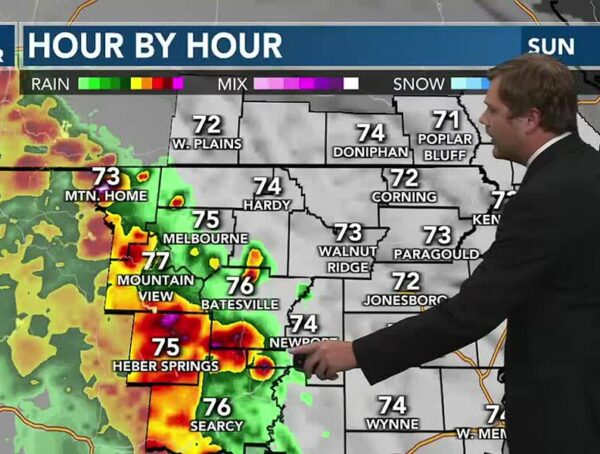When reporting on elections, traditional journalistic practices often focus too narrowly on who’s ahead and what the candidates say rather than what communities care about.
Jay Rosen, a journalism professor at New York University, proposes a people-oriented approach when it comes to covering elections and candidates.
The first step is to identify the audience you want to inform rather than starting with the candidates.
After that, “Listen by asking the most simple but very powerful question — what do you want the candidates to be talking about as they compete for votes?” Rosen suggests.
But he says you can’t stop there. “You don’t ask it just once. You keep asking it online by phone and interviews, at events, and in apps.”
Natalie Van Hoozer, Bilingual Reporter and Community Engagement Coordinator at KUNR Public Radio in Reno, Nevada, says she has used this approach in her work.
“In our case, it was useful to have six months to run a question submission online asking community members in both English and Spanish what questions they had for candidates running in our local midterm elections,” she says.
The main themes she identified in the responses were environmental concerns and water sustainability, which she used to create a guide for her interviews with candidates. Van Hoozer says her newsroom also produced stories in English and Spanish recapping the results of the voter responses.
“I took the idea of reporting on air quality that we heard about in that survey process, and I did two stories about what’s being done to monitor air quality both in urban and rural areas here,” Van Hoozer said.
Elliot Wade, a Community Reporter from The Current nonprofit news organization, also uses a multi-tiered approach to getting people’s input. In the case of his newsroom, they used their mailing list, social media, and in-person events to solicit feedback.
“Then we held an event called “Listen-up,” using our candidate questionnaire and the candidates had to sit back and listen to their potential constituents. And in closing that loop, we gave some solutions-oriented journalism and told people about what our local government can do to impact those topics,” Wade said.
Hugo Balta, a journalist with the Latino News Network, believes that the key to success in election coverage is collaboration.
“It’s about being selective and partnering with others, not just news outlets but organizations that intersect with our mission and look to collaborate. When we stopped seeing others as competitors and seeing them as members and extensions of our newsroom, we started to reach our audience,” he says.
When it comes to politics, Balta says his newsroom has shifted to covering democracy.
“We not only cover elections, but we certainly cover what happens after and in between those elections and, in doing so, holding the elected officials to the work that they promised to do.”
Rosen’s 10-step approach to people-oriented election coverage includes the following:
- Identify the people you want to reach and inform.
- Ask that community an open question like: “What do you want candidates to talk about as they compete for your vote?”
- Repeat step two in as many avenues as possible, such as online forms, phone calls, 1:1 interviews, in-person events, or in-app surveys.
- Create a priority list of six to eight items people want to hear about, known as a voter’s agenda.
- Gut-check this draft agenda with the people you originally made it for and make final amendments.
- Publish the agenda as a live product that sits on a news website.
- Turn agenda into a template for campaign coverage, which will inform the questions posed to politicians.
- Pressure politicians to address these questions directly.
- Build voter guides for election day around the citizens’ agenda and responses from politicians.
- Be fluid and keep iterating the agenda as new insights arise.








